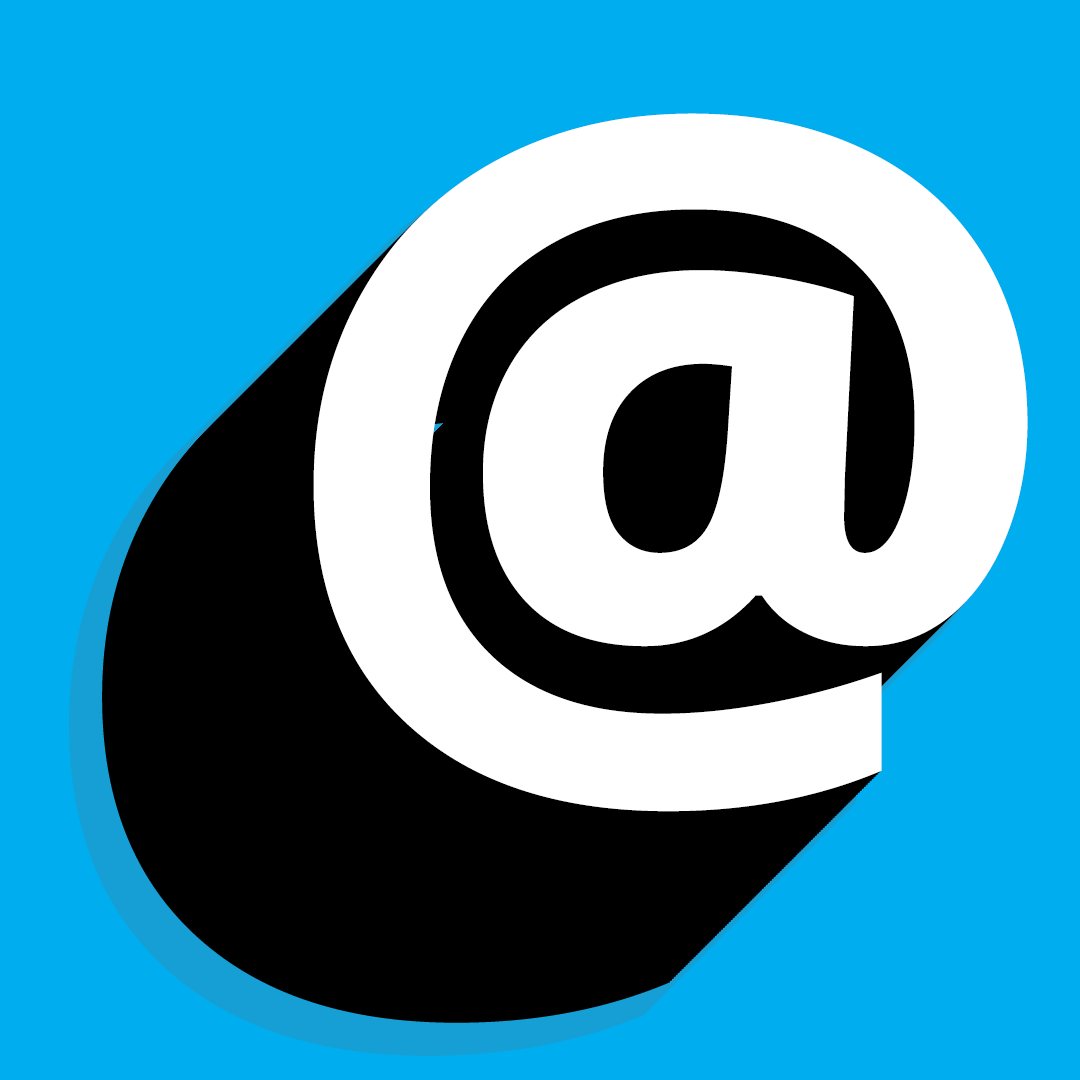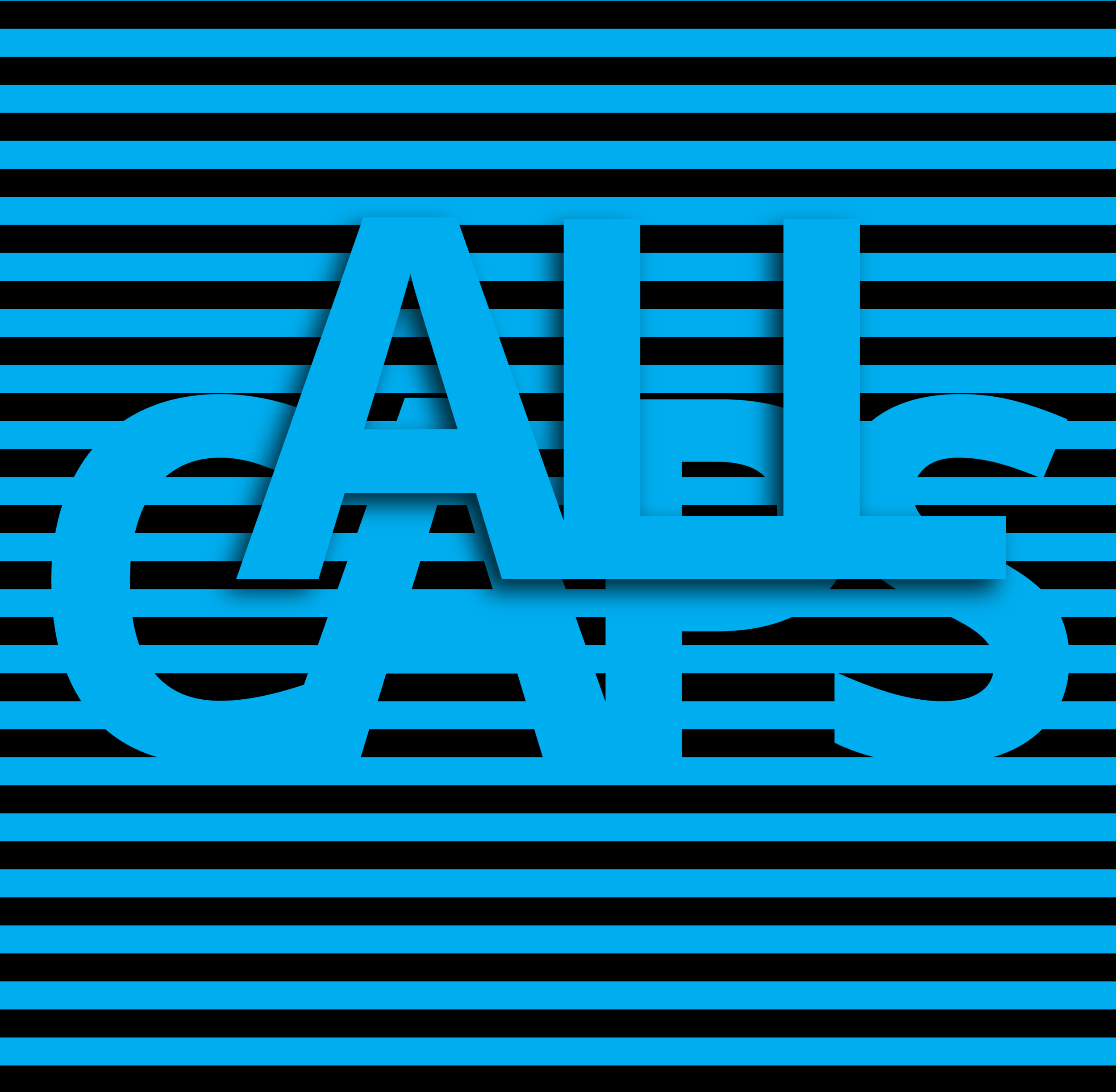Emojis | So, what’s the history of smileys?
How to use emojis in copy
Here’s what I love about language: it changes with the will of the people. As much as your Merriams might try to set the standard and declare what’s “correct”, we’re all still beholden to the vernacular.
Words—written and spoken—are not stale and static, but erode and evolve over time just like the seafloor or mountain tops.
So, it only makes sense that there ought to be a style guide entry for emoji and emoticon usage; I don’t mind change, but I do like order, so here are some handy guidelines for usage across channels.
Do use emojis in subject lines and push notifications
These are great places to add an artfully chosen emoji. Inboxes are an ever-crowded space, so the right emoji at the right time is a great way to catch your reader’s eye.
Don’t go overboard. This isn’t a hard rule, but it’s good practice in general to self edit and practice dynamics.
Don’t use the most recently release emojis. They won’t render across all platforms and browsers so it’s best to go tried and true.
Don’t ever use them to replace a real word in a sentence. We don’t read icons as we do words, so it won’t read as smoothly as you might think.
Don’t use them if it doesn’t complement the message. Just because you can, doesn’t mean you should.
There is an art to it, of course. The simpler emojis are usually more effective because they’re a faster get. Experiment and get in the mind of your reader—their time and place when they get the message—to see what feels right.
Don’t use emojis in body copy, headlines, or UX/UI
Avoid use of emojis outside of subject lines or push notifications. Whilst they’re an effective way to bring a human element to your voice (it’s why we use them in texts and instant chat) they’re generally too informal for most other channels.
Slack’s delightful use of emojis to let you know you’ve read all your messages.
Certainly avoid using emojis in UX/UI copy. Unless, for example, your product is a messenger app and you’ve got a screen to show that all you’ve read everything (hi, Slack!) emojis will most likely be confusing or out of place.
Got it, so where do they even come from then?
OK—let’s go. But, what do the dog’s b*llocks have to do with it? Hopefully nothing in the sense that we will ever have an emoji for those. Only, back in the day, I guess we maybe kinda did? (An emoticon, but let’s get into that later.)
Used primarily in British English, the colon with a dash was most often deployed to introduce a list. Like, “I need several things:- a banana, a new pen, and a will to survive.” Fraser McAlpine posits that the “dog’s bollocks” is an early example of an emoticon, and the OED dates its usage back to the early ‘40s. But as for the history of emoticons, we can go earlier than that.
It’s now relatively widely accepted that the first emoticon to appear on the page is from 1648—a smiley decorating the end of a line in a poem by Robert Herrick. You might consider it a really early exploration into a kind of visual pun or play on words, but it’s also used in the the now-classic sense—to show the author’s smile through punctuation marks.
And that’s exactly how we can define emoticons: a typographic depiction of the author’s face to indicate how they intend their piece of communication is read. TL;DR: an emoticon is the author’s mood in type. Note that this is how emoticons differ from emojis; emojis are little icons that represent many things, including a facial expression. Emoticons, typically, only express how one feels.
As much as one should focus on using the tools that exist to express feeling, I completely understand why people have long desired we formalise a way to show intent in punctuation. Perhaps a snobbishness about “proper” writing, which I’m going to go ahead and blame on the Victorians, is the reason actual punctuation marks were never developed to ever indicate this. (Nevermind how Roland Bartes, of The Death of the Author fame, might feel about this.)
The closest thing I can think of is the interrobang, and that’s not even used. Since convention is still what standardises writing, I maintain that it’s best not to use these in your copy and try to show (not tell) readers that your tongue is firmly in your cheek, say, but I’m also fully ready for the day we accept them as part of a sentence.
Back to history. It was then only a few hundred years later that Puck magazine ran a piece depicting a series of smileys using typographic elements. You could argue these aren’t real emojis, since it was an observation not an authorial expression, but let’s not split hairs. We’re getting somewhere.
Then the computers make face
Here and there throughout history there are a handful of other one-off references to the idea—Ambrose Bierce expressed some longing for a punctuation mark to indicate a “snigger point, or note of cachinnation,” back in 1887, for example. (Even if only to snigger at other writers. How snobbish.)
And then, what? Well, for the longest time, not a lot, as far as I can put time aside to research. A bunch of space and time passes, then the ‘70s and ‘80s come along and we start communicating with relative immediacy on the ol’ Commadore 64 and the like. Translation: computer messaging became a thing and, with it, emoticons.
From Wikipedia
American computer scientist Scott E. Fahlman is often credited as the person that revived this practice. He suggested that a smiling face :–) could be used to indicate humorous posts on message boards and frowns :–( could denote something more serious. This all means that he’s basically the pioneer of the emoticon era, making them a fad idea once more. Hello: much faster comms than in Puck’s day, et voilá!
Emails, instant messages, and texts develop over the next few years and here we are: outraged that there’s no <insert thing> emoji yet, while hotly anticipating the next range of expressions to come. Someone, please, deliver me a crow emoji already. While you’re at it, what about a liger.
What can we learn about tone through emojis?
Whether a you’re a serial user, a hater, or someone who just can’t send that DM without anxiously including five crying-laughs (me) there is good use in ‘em. As much as formal writing ought not to require explanation, emails, DMs, letters, tweets, pushes, etc., are all missing a somewhat crucial element for the type of writing that they are—conversation, which normally includes an actual human face.
Smileys, emoticons, and emojis are all tools for communicating. When we’re talking in real life, a face gives us all the clues we need to determine intent in a microsecond.
A face offers every nuance and brand of comedy, anger, love.
A face can disarm a reaction in a second. Or ignite it.
Sure, we’ve eons of history where writing required no such explanation. As much as I’m amused by the idea of novels written completely in emoticons (see Emoji Dick, and others), long-form writing isn’t the place for them. For one, books and blogs offer the time, space, and length for authors to show how they intend their words to be read. Additionally, books are not generally intended as a two-way street—at least not in that way. Back to The Death of the Author. To be fair, most writing (reading) isn’t a two way street.
Do you think back in the romance of letter-writing days that people agonised over sentences because there were no emojis? Who am I kidding—I know I did. And that’s why style, among other things, is so important. It helps you show tone.
Here’s a completely basic example:
Frida opened the door, saw Anja, and said, “oh hey, what’s up.”
Frida opened the door, saw Anja, and said, “oh hey, what’s up?”
Frida opened the door, saw Anja, and said, “oh hey what’s up!”
In the first version, the greeting feels inconsequential, potentially less-than-pleased. The second version feels genuine, perhaps concerned. And the last version has instant pep. It’s not an outstanding example, but you get the idea.
Tip: In addition to avoiding overuse of exclamations, don’t lean on adverbs to do the heavy lifting. It often makes writing seem inelegant and lazy.
So there it is. Emojis, tone, and a bunch of little nuggets. Long long story short, consider how you can express intent through style in your writing, unless it’s a text to your mum—in which case shower her with lovely emojis. She probably deserves it.
















